14 km and 650 m of elevation gain / 100 m of elevation loss
Via Alpina Switzerland
18 days / 17 nights
|






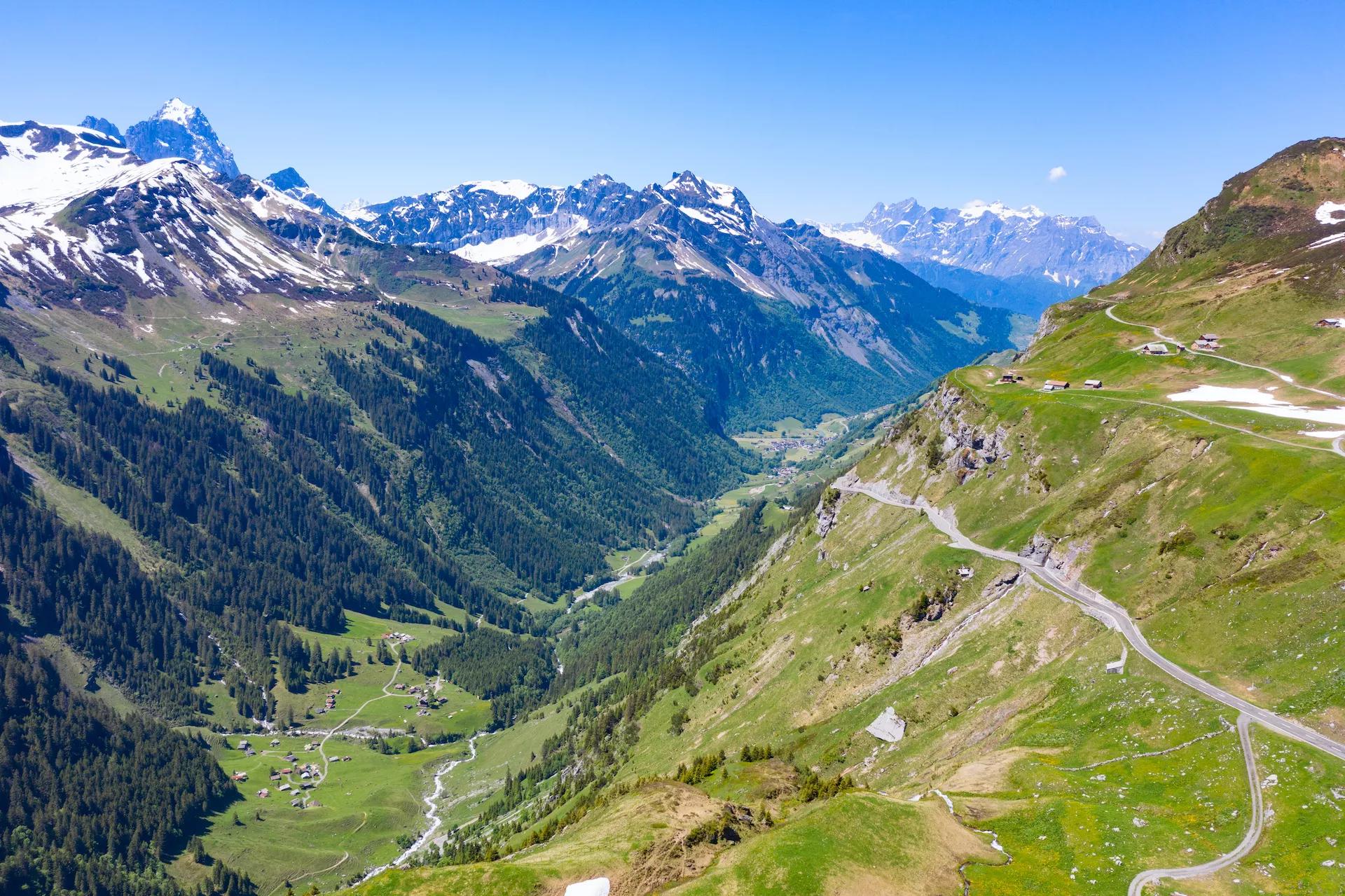

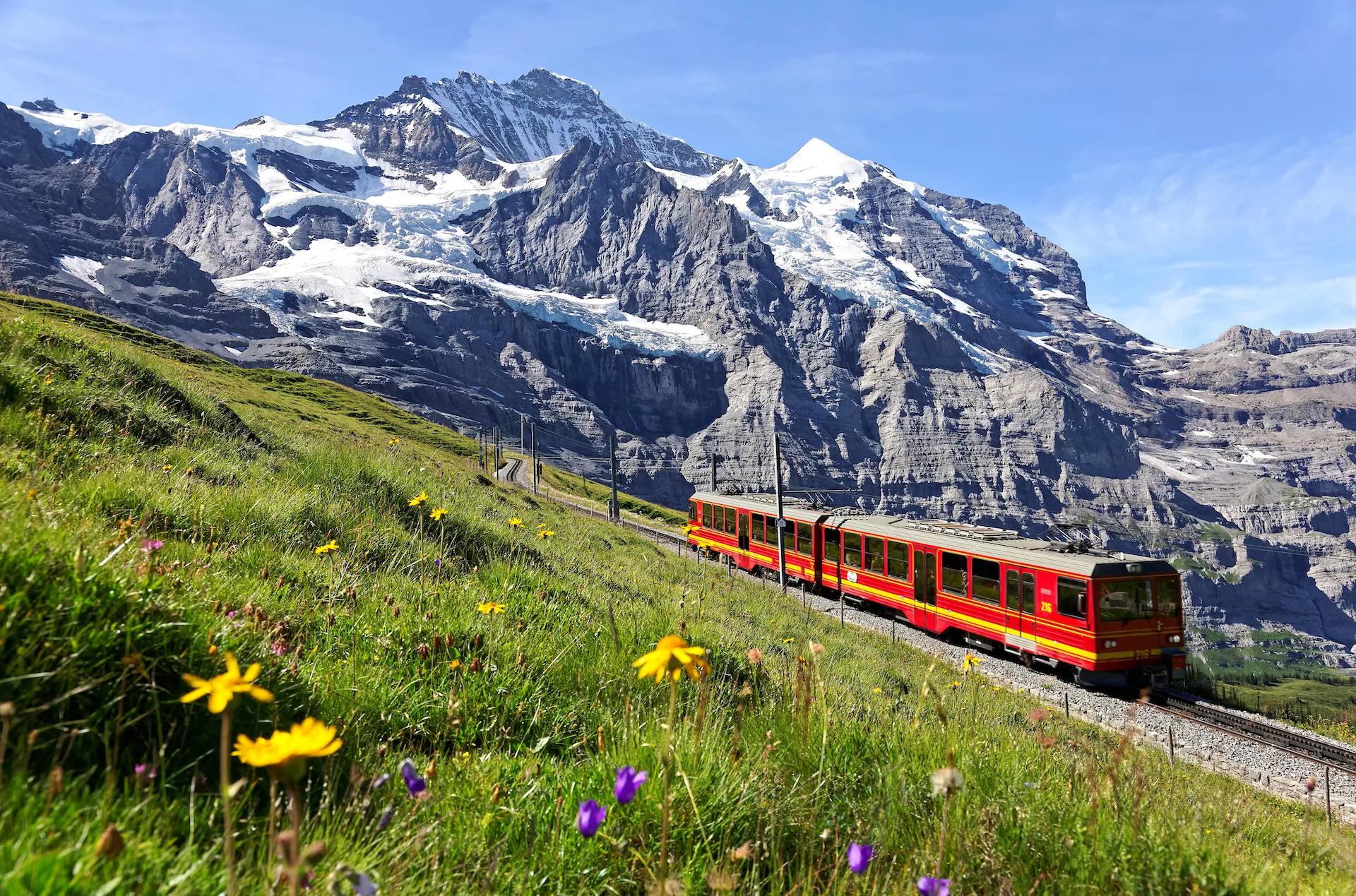
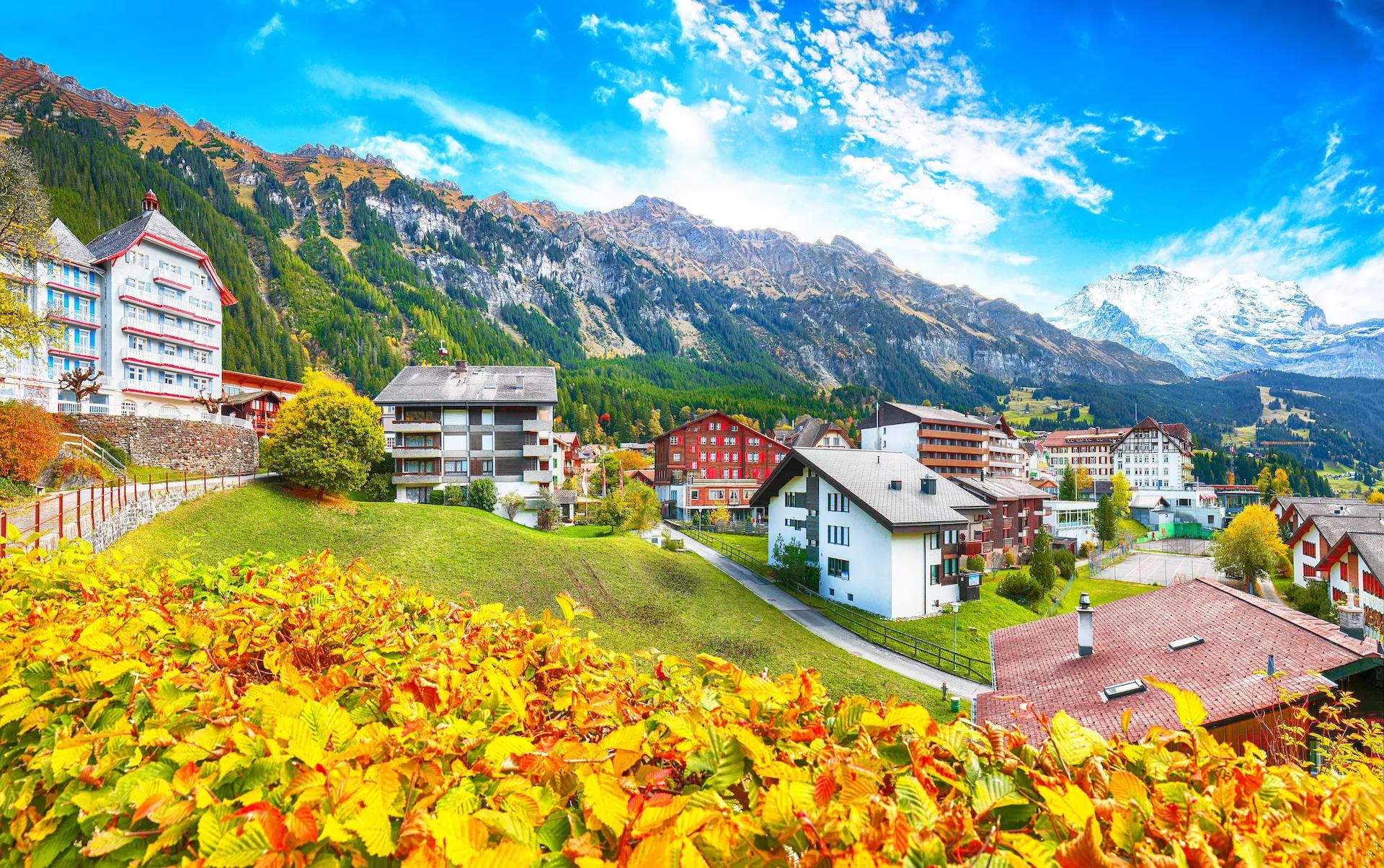
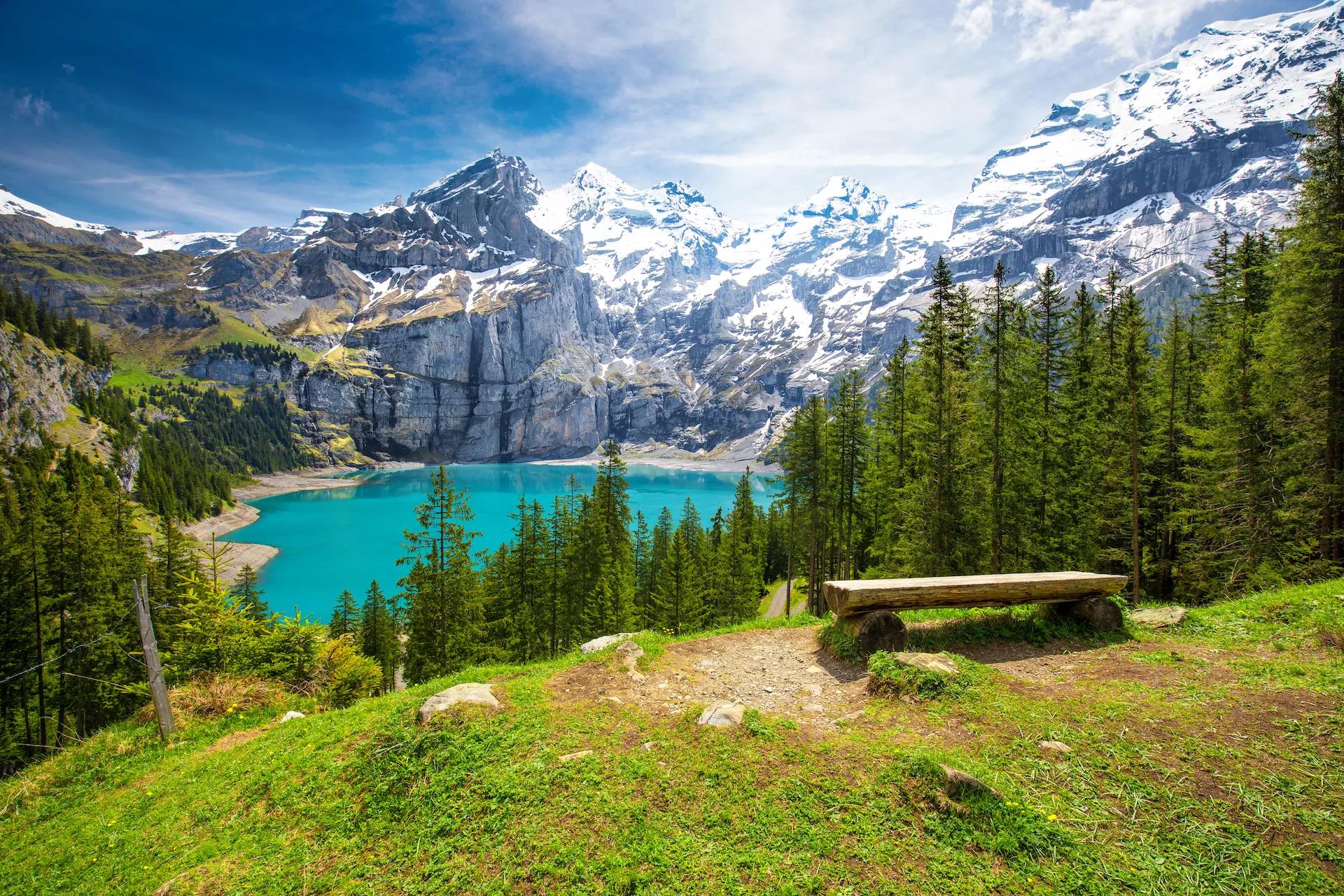
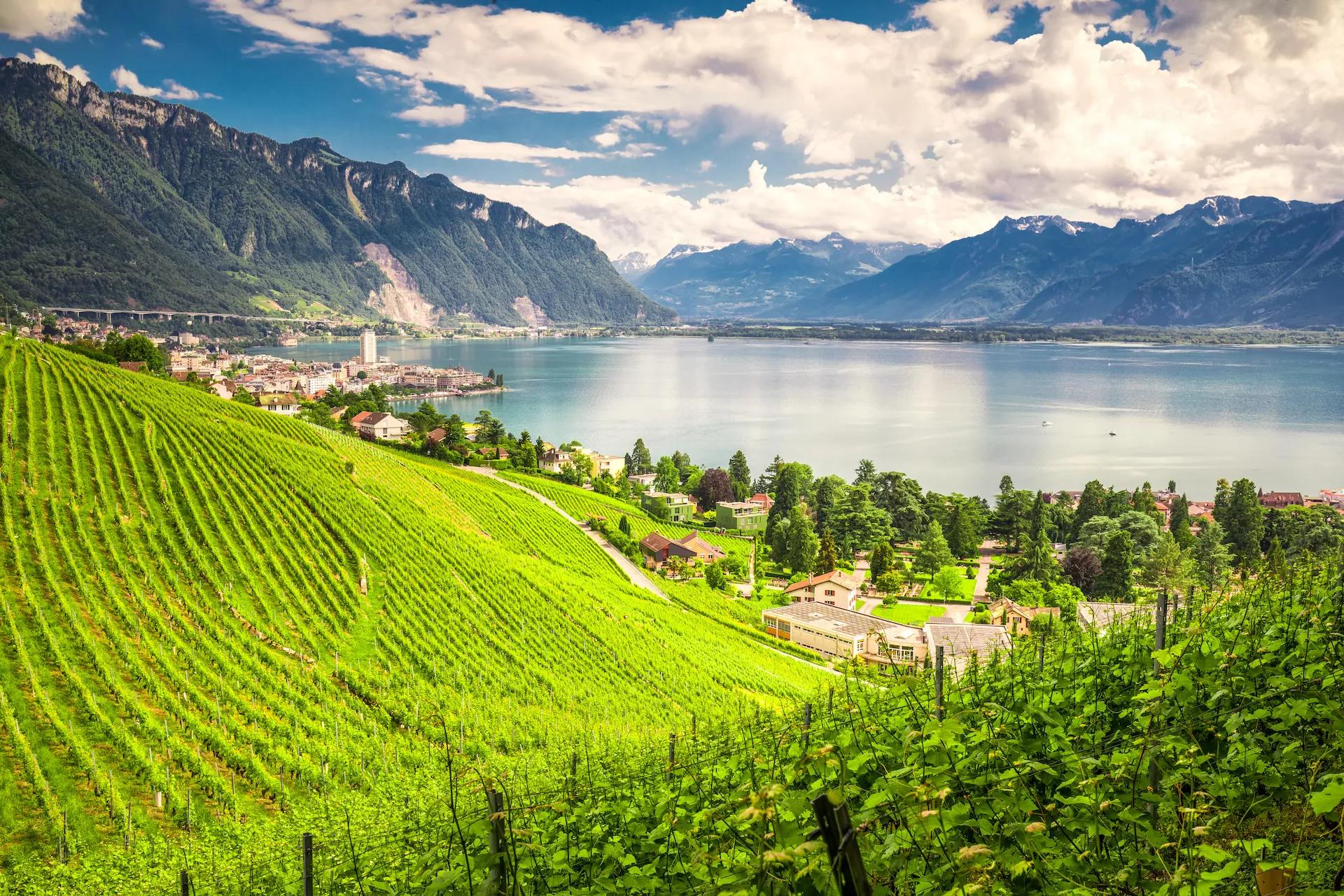



Starting point
Sargans
Finish point
Montreux
Season
From June to October
Technical level
3/5
Fitness level
5/5
Tour type
Inn-to-Inn
Starting point
Sargans
Finish point
Montreux
Season
From June to October
Technical level
3/5
Fitness level
5/5
Tour type
Inn-to-Inn
- Hike the entire Via Alpina Green Trail in Switzerland
- Discover the unique landscapes and rich culture of the Swiss Alps
- Enjoy extraordinary views while crossing over 14 mountain passes
- Sleep in mountain huts, hotels, and lovely inns on your hike across the country
- Let us take care of the logistics so you can enjoy your adventure
Itinerary of the trip
FREE ITINERARY
Get Your Travel Itinerary
Loved the itinerary? Enter your email below, and we'll send a copy straight to your inbox.
What’s included in the price?
Self-guided
NOT INCLUDED
OPTIONAL EXTRAS
What to bring to the tour
- Hiking shoes/boots
- 25 to 45-liter backpack
- Base layer
- Sports T-shirts
- Hiking shorts
- Hiking water-repellent pants
- Waterproof jacket
- Midlayer
- Sports socks and underwear
- Leisurewear for evenings
- Down jacket
- Gloves
- Shade hat/cap
- Warm headwear
- Sunscreen
- Sunglasses
- Headlamp
- Hiking poles
- ID card or passport
- Snacks
- Cash
- Water bottles or hydration pack
- Sleeping liner
- Toiletries
- Toilet paper
- Small first aid kit
The Via Alpina is Switzerland’s number one hiking route, taking you over the 14 most beautiful mountain passes in the country, leading through a variety of culture, geology, flora, and fauna. It’s the best way to get to know the Swiss Alpine culture.
Also called the Swiss Alpine Pass Route, it starts in its east at the border with Liechtenstein and continues across the whole country to the west – ending at Lake Geneva. As a well-maintained trail, it is a hiker’s paradise.
It features 18 stages that require about 5-7 hours of walking per day to complete, but some can be shortened by the use of public transportation (cable cars and buses). It is less challenging technically than the Walker’s Haute Route, but fitness-wise it is quite similar.
To allow you to focus more on enjoying the trail and preparing for it on the physical side, we will take care of the logistical planning. We take your wishes and preferences to best advise you on your perfect Via Alpina itinerary.
We book all of your accommodations, organize luggage transfers, and more, so you can focus on the journey. And a few weeks before setting off, we’ll send you the detailed itinerary booklet with the planned GPS route.
If you think this hike is too long for you, or you don’t have the time, we also offer a shorter version of the trail – the Via Alpina: The Bear Trek.
Frequently Asked Questions
Ratings & Reviews

5.0 average rating

We had a lovely hike today with our guide Klemen. He personalized the tour on our needs and interests, so that we saw places we wouldn't without his experience. The hike was a little bit slippery after the rain from the last days and it went a lot upwards, but it was totally worth it! Thanks again :)


Daja Gorišek was the travel agent from here who meticulously organised the trek all the way from Meiringen to Lenk im Simmental. She took care of all the details -- from planning the actual trek route, the detailed GPS map for each stage, to the hotels. The actual experience was entirely consistent with what was promised.


Our 3 day hike had to be rearranged 2/2 weather, so a one day hike was arranged for us. We appreciated the concern about weather and conditions. Our hike was with Matevz, who was a great guide. Very helpful and knowledgable. Would definitely recommend and will be back for a longer hike one day!
All available guidance options
Self-guided
Those who like a good adventure and limitless flexibility should go on a self-guided tour. We prepare the itinerary and book your accommodations while you enjoy the journey without our guide, being fully in charge of all the daily decisions. While you’ll have the full support of our team in case of any emergencies or concerns, a certain level of self-reliance is required.

Hassle-Free
We handle itineraries, accommodations, and anything else you prefer not to deal with, so you can enjoy a carefree hike.

Book with confidence
We are a financially protected company, fully bonded and insured, keeping your money safe and allowing you to travel with confidence.

Tried & Tested Adventures
Only the best hut to hut hikes of Switzerland, cherry-picked by our local team with an in-depth knowledge of the region.

Unbeatable support
Our 24/7 customer support is where we show our passion, bringing you a better experience by making your well-being our number one priority.



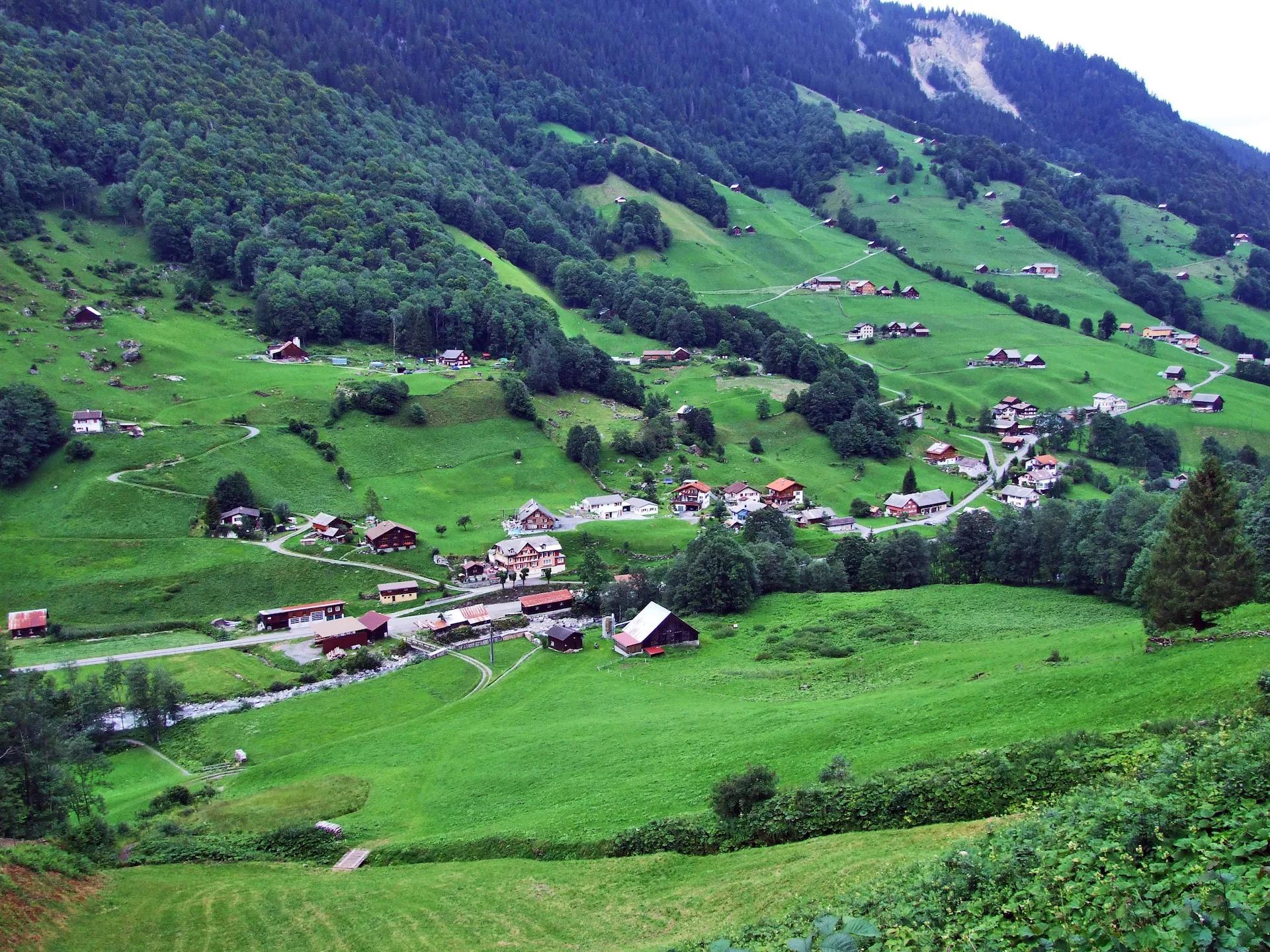


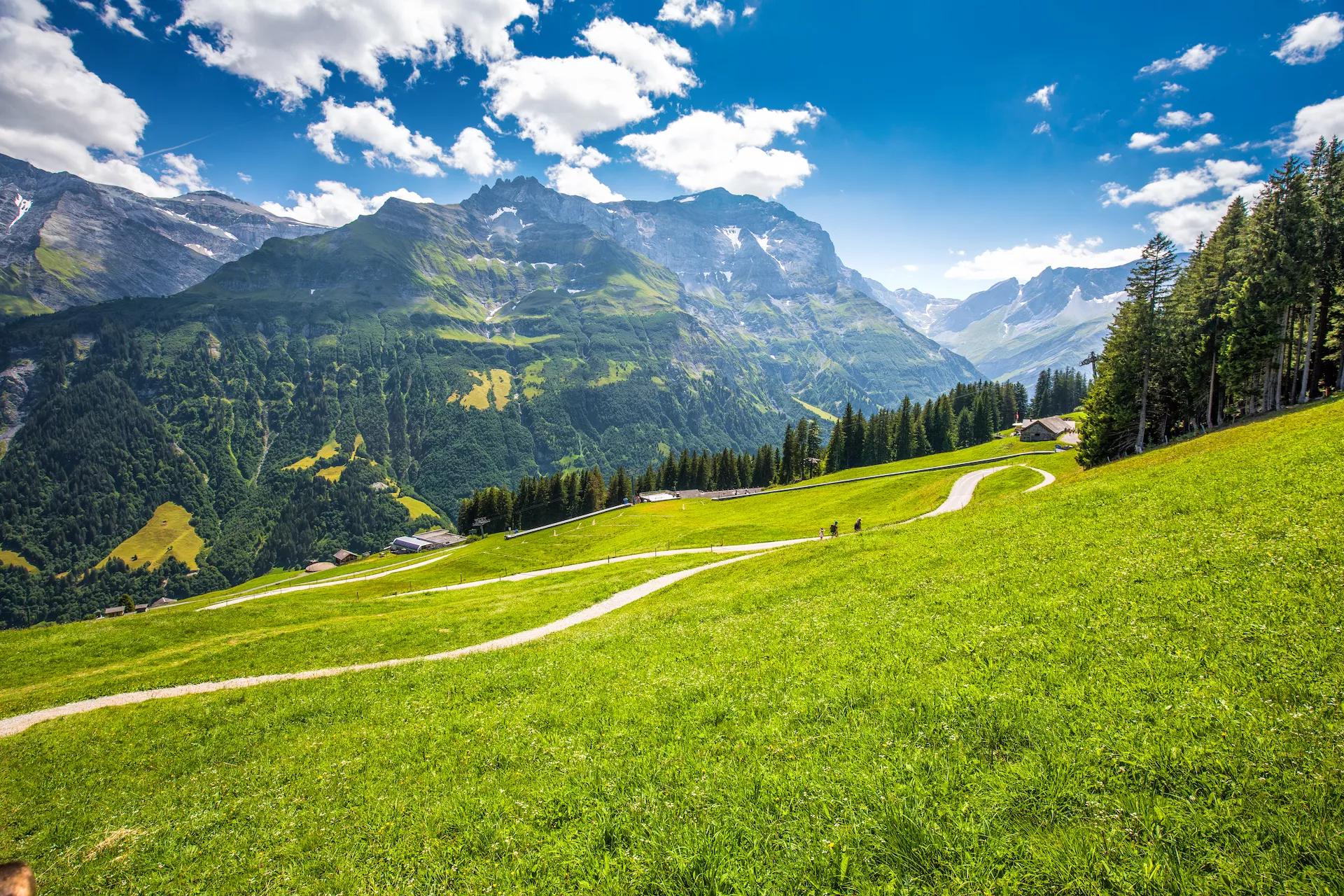

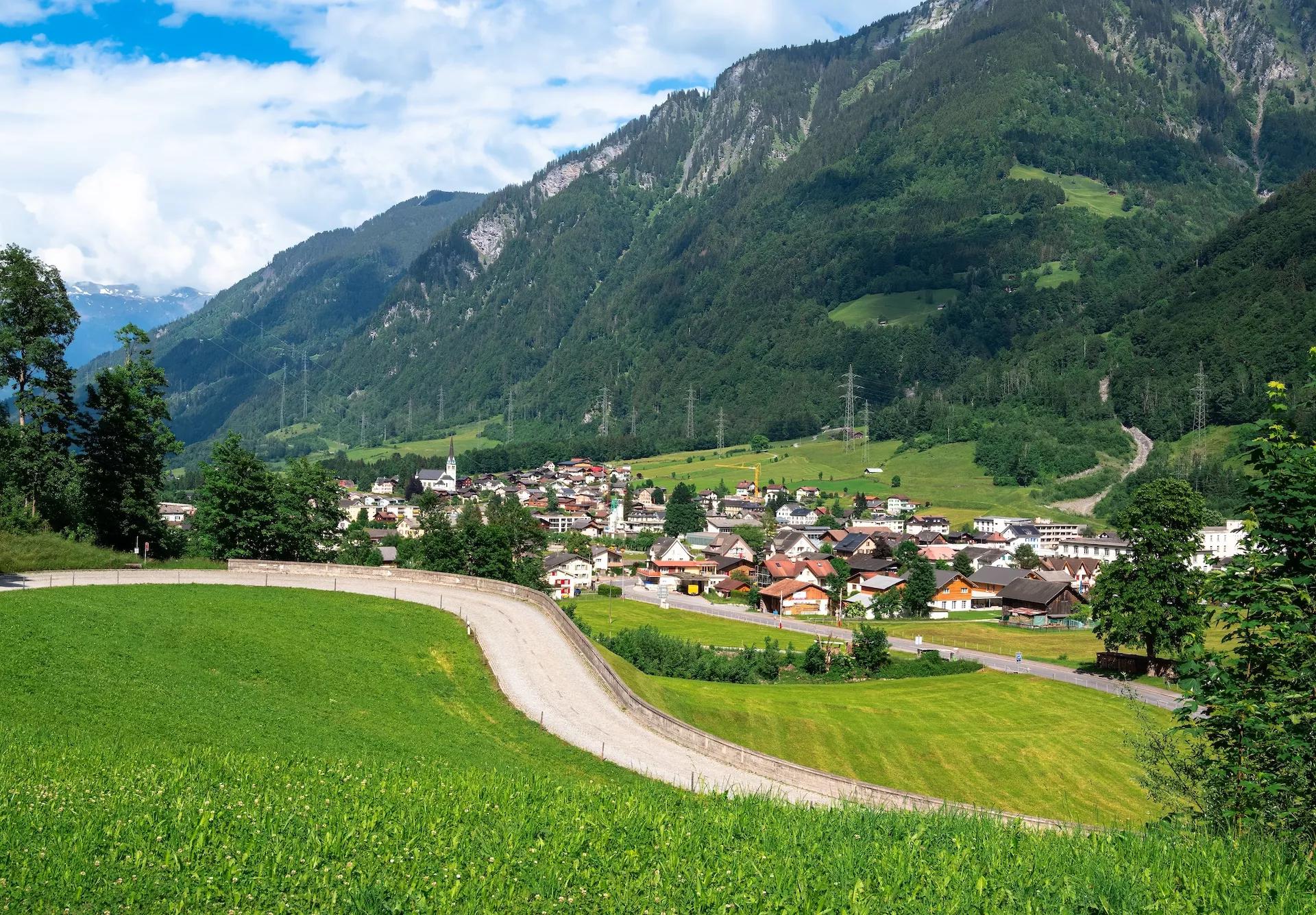


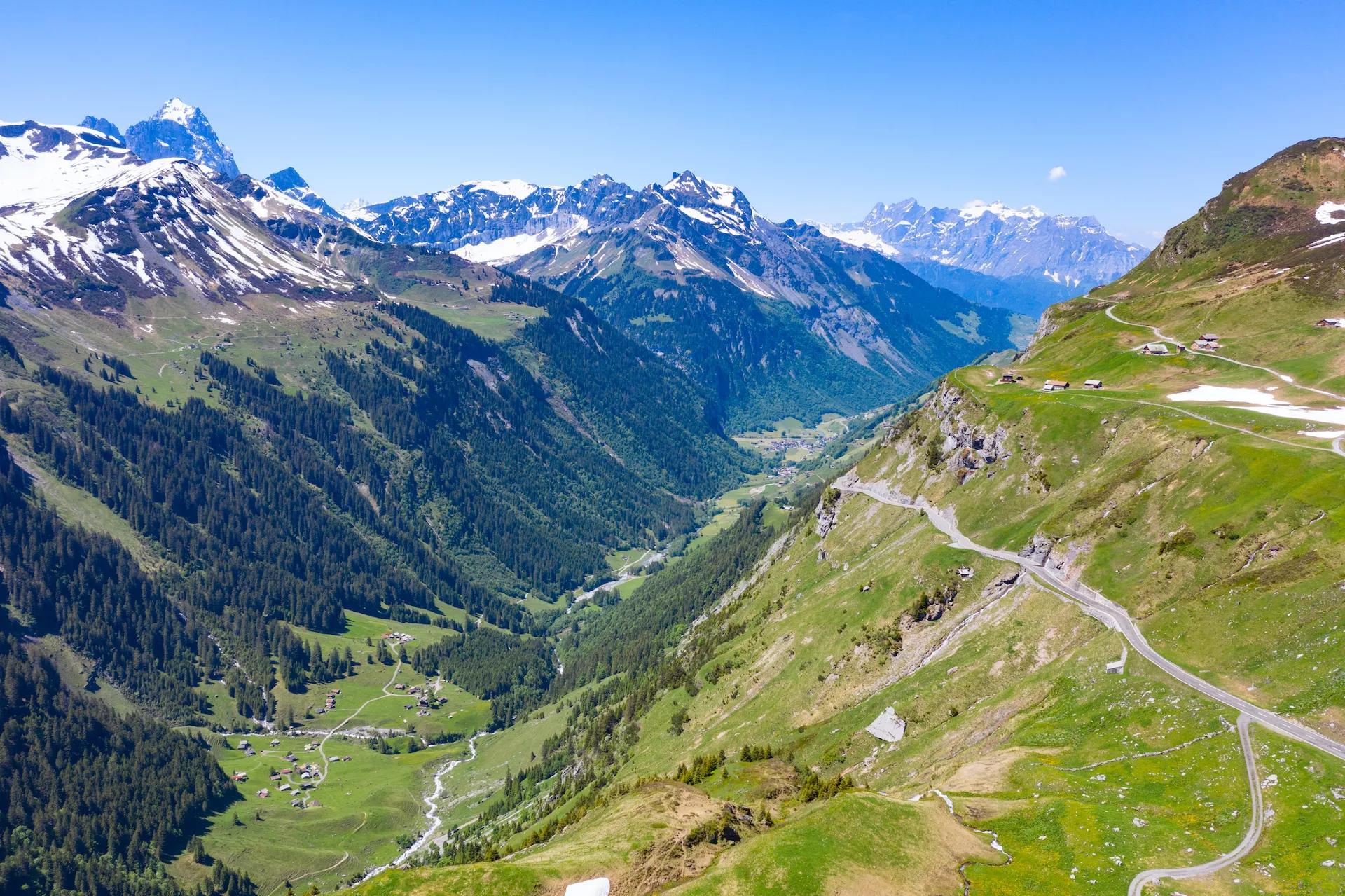

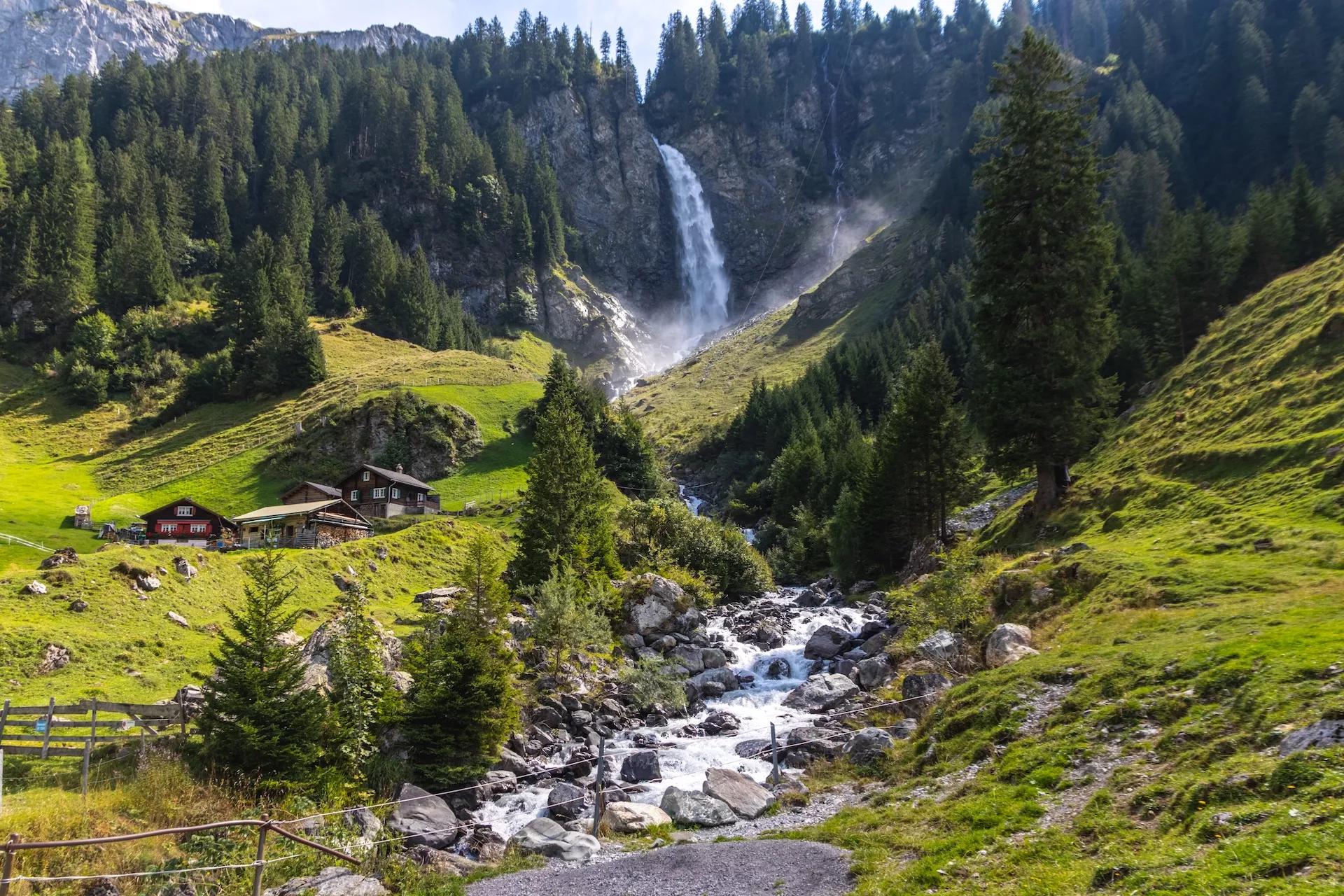
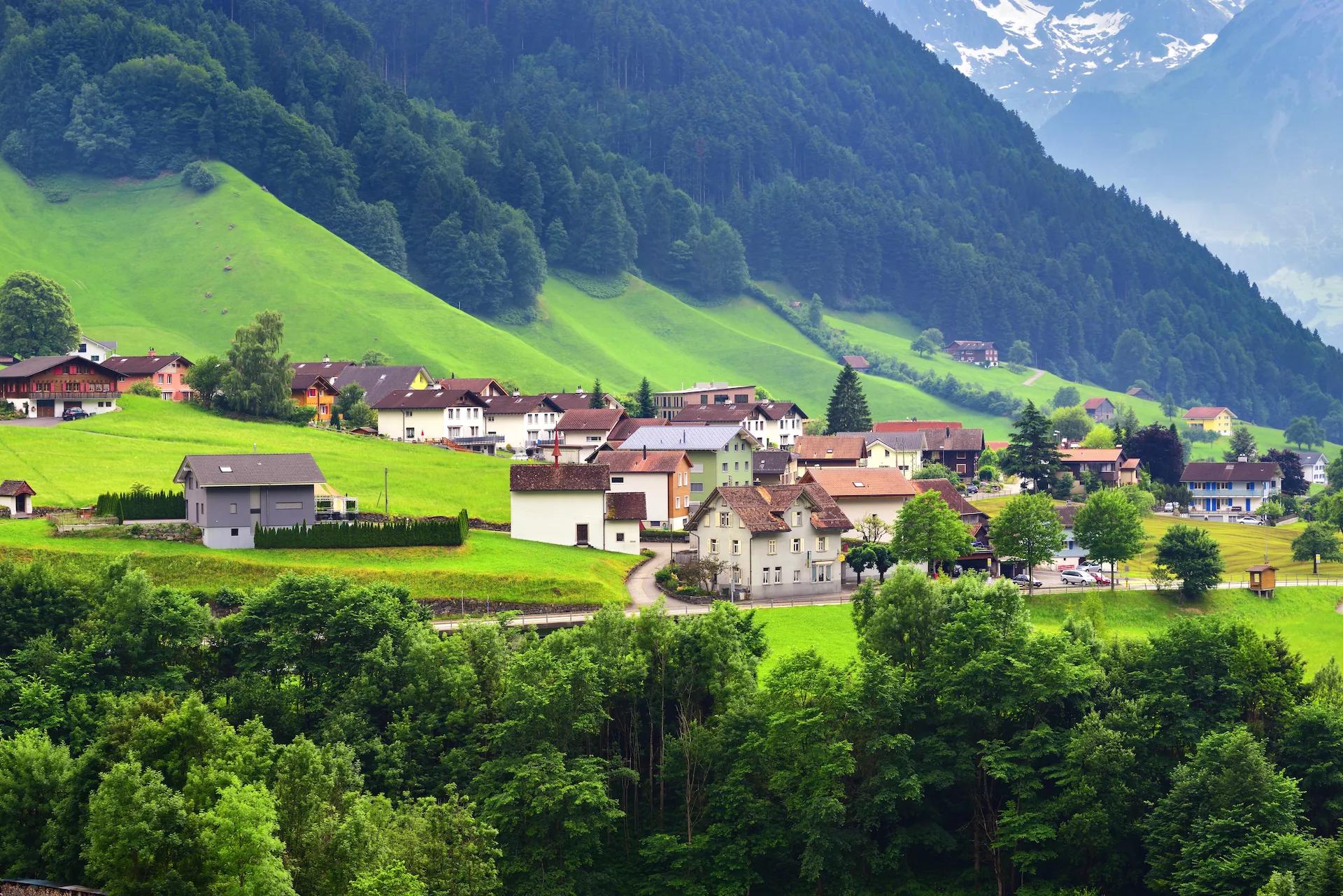
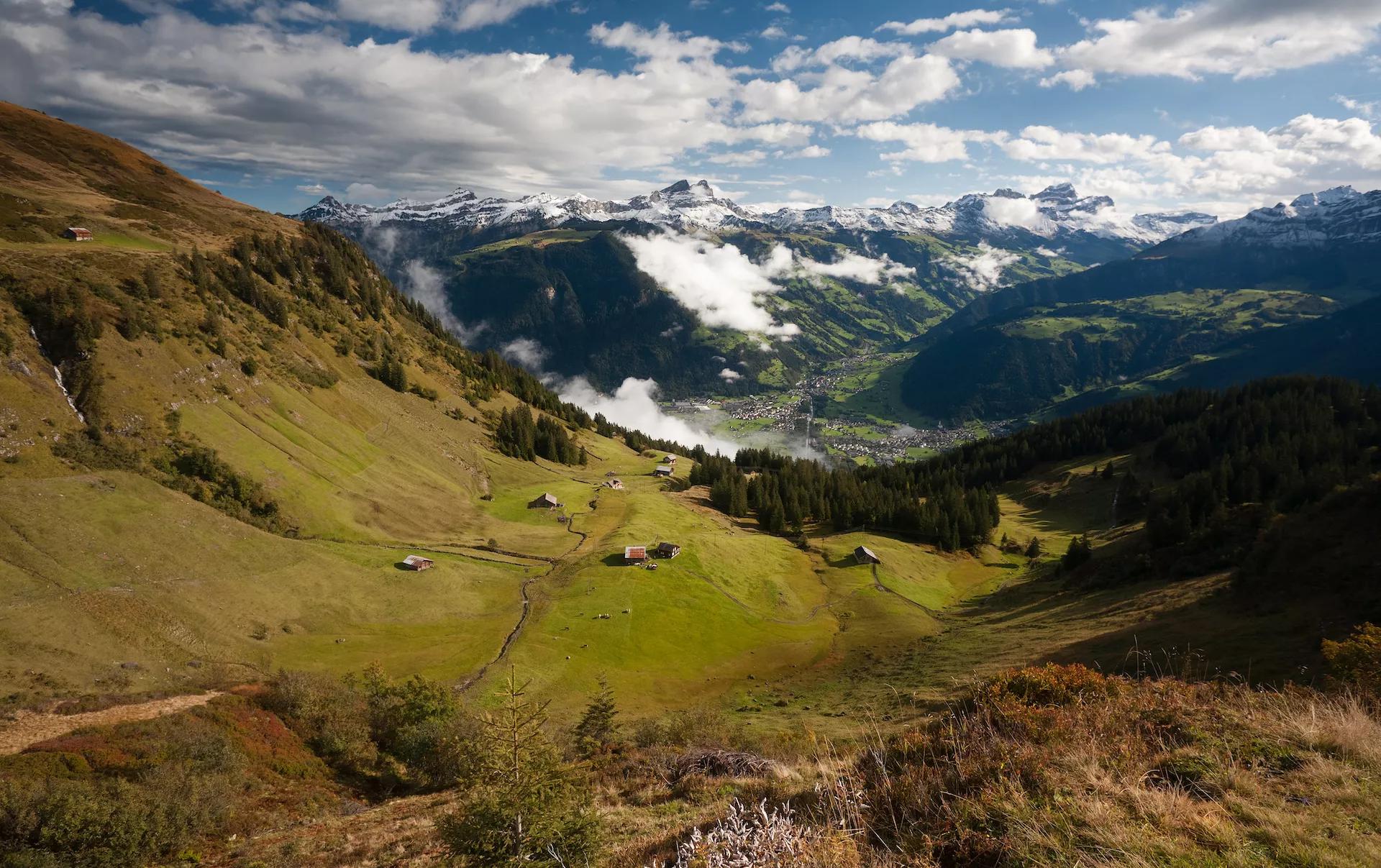







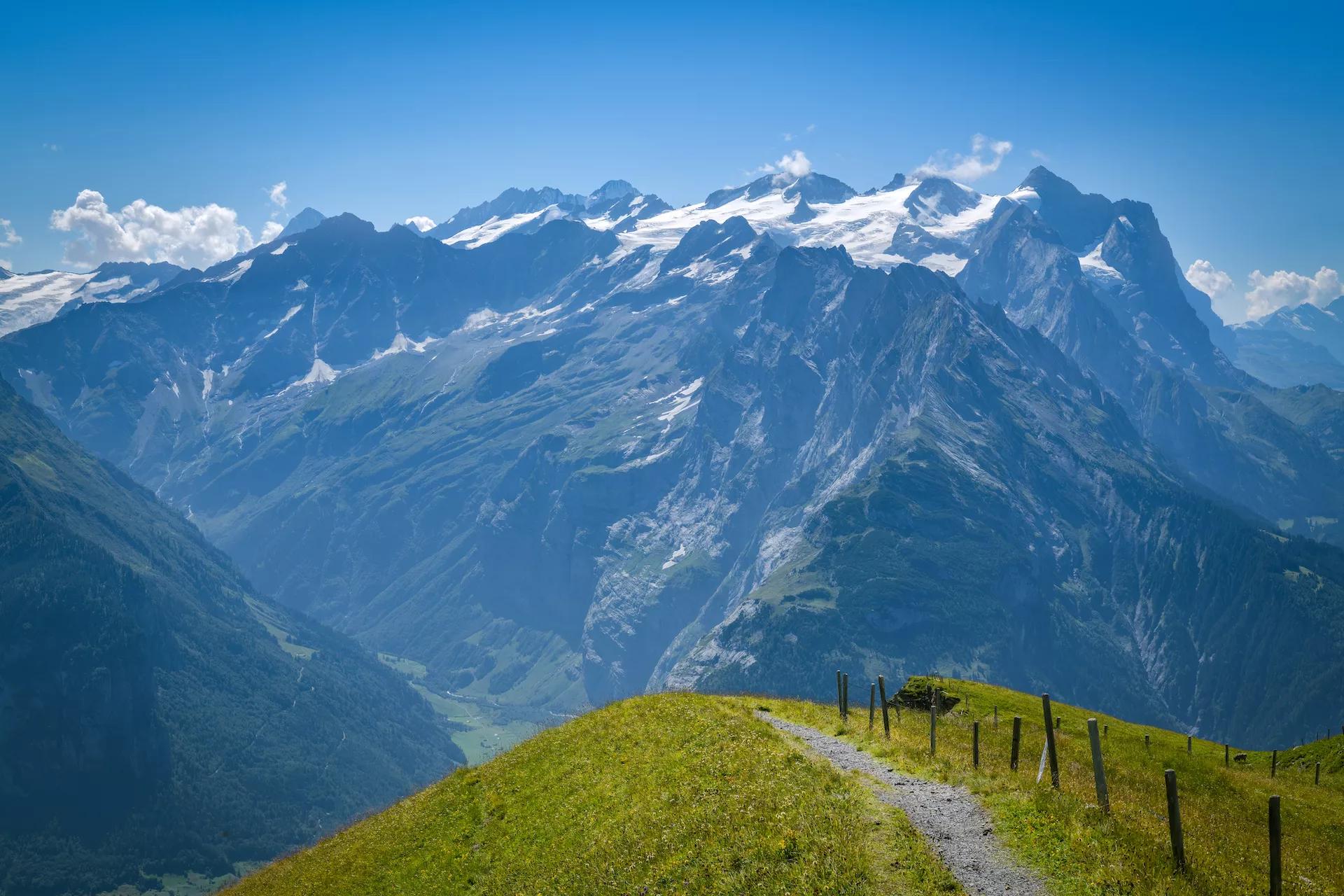

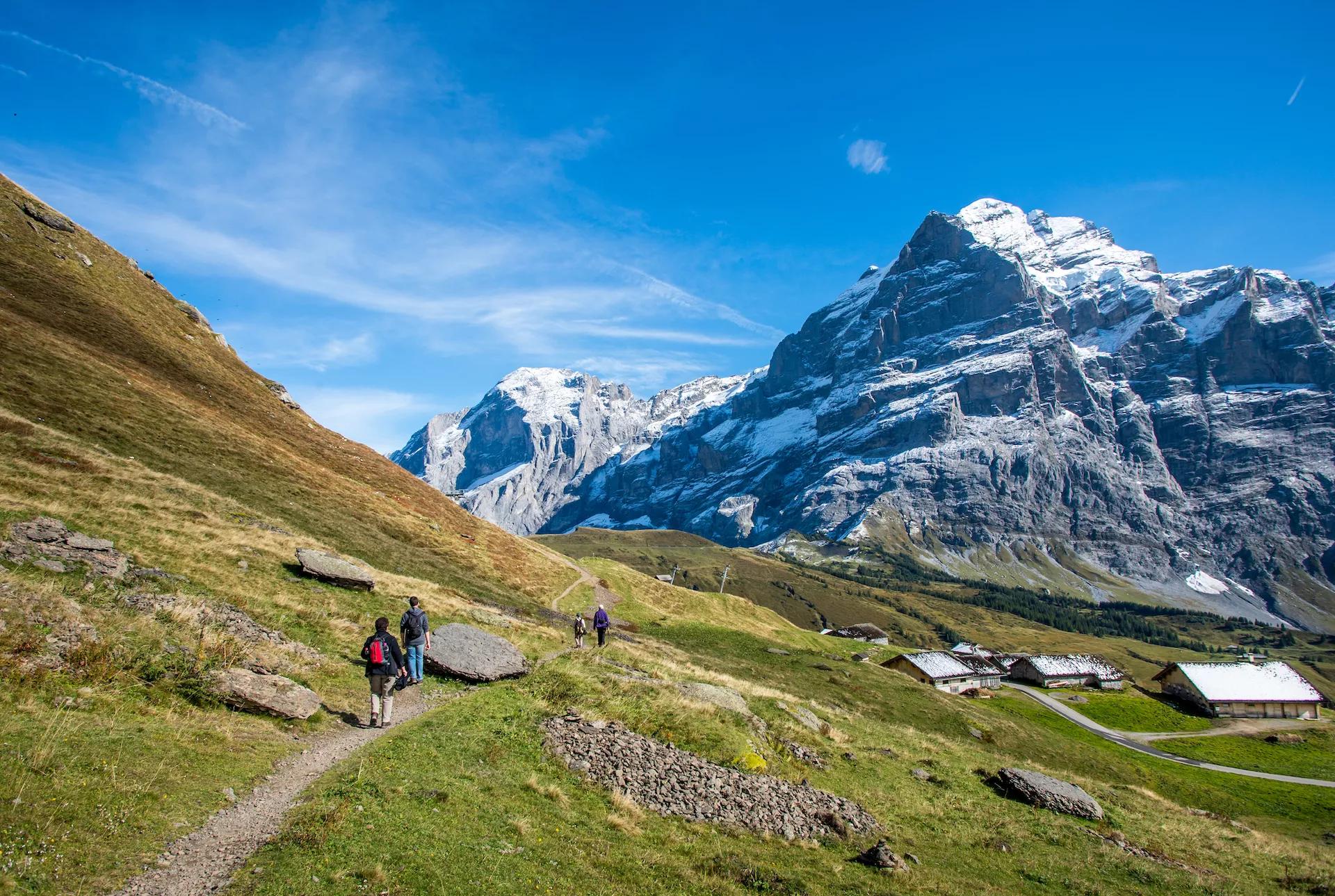
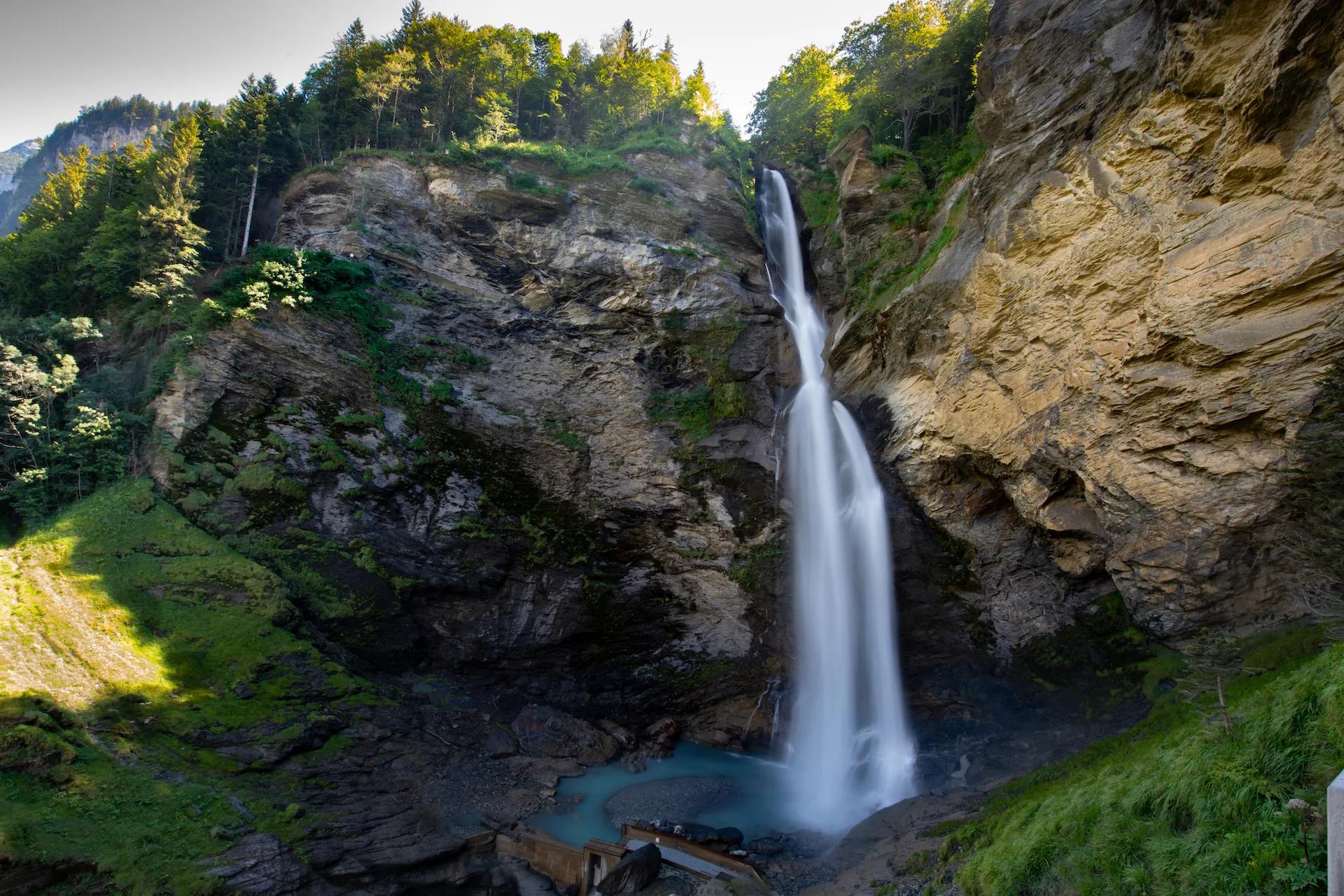
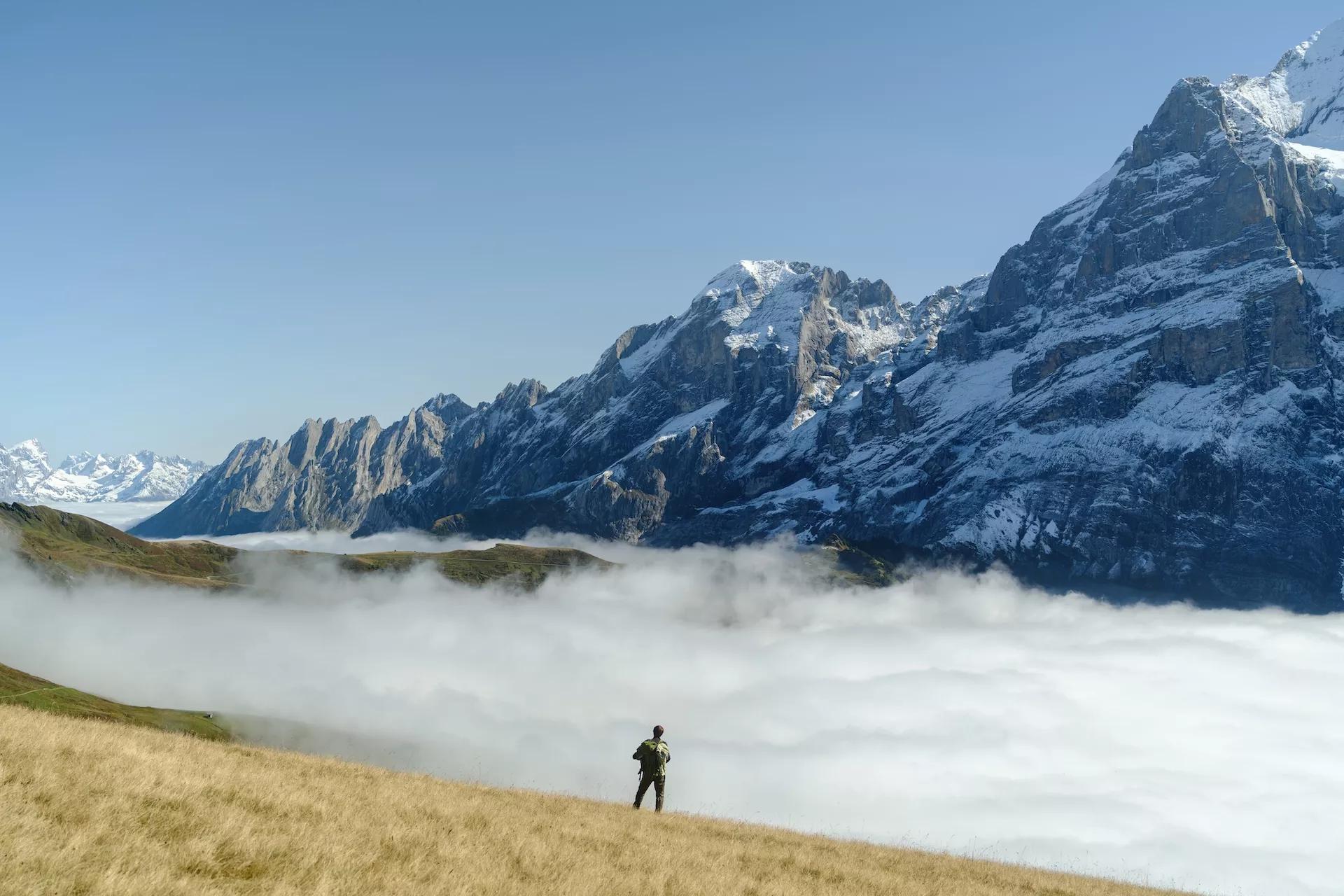



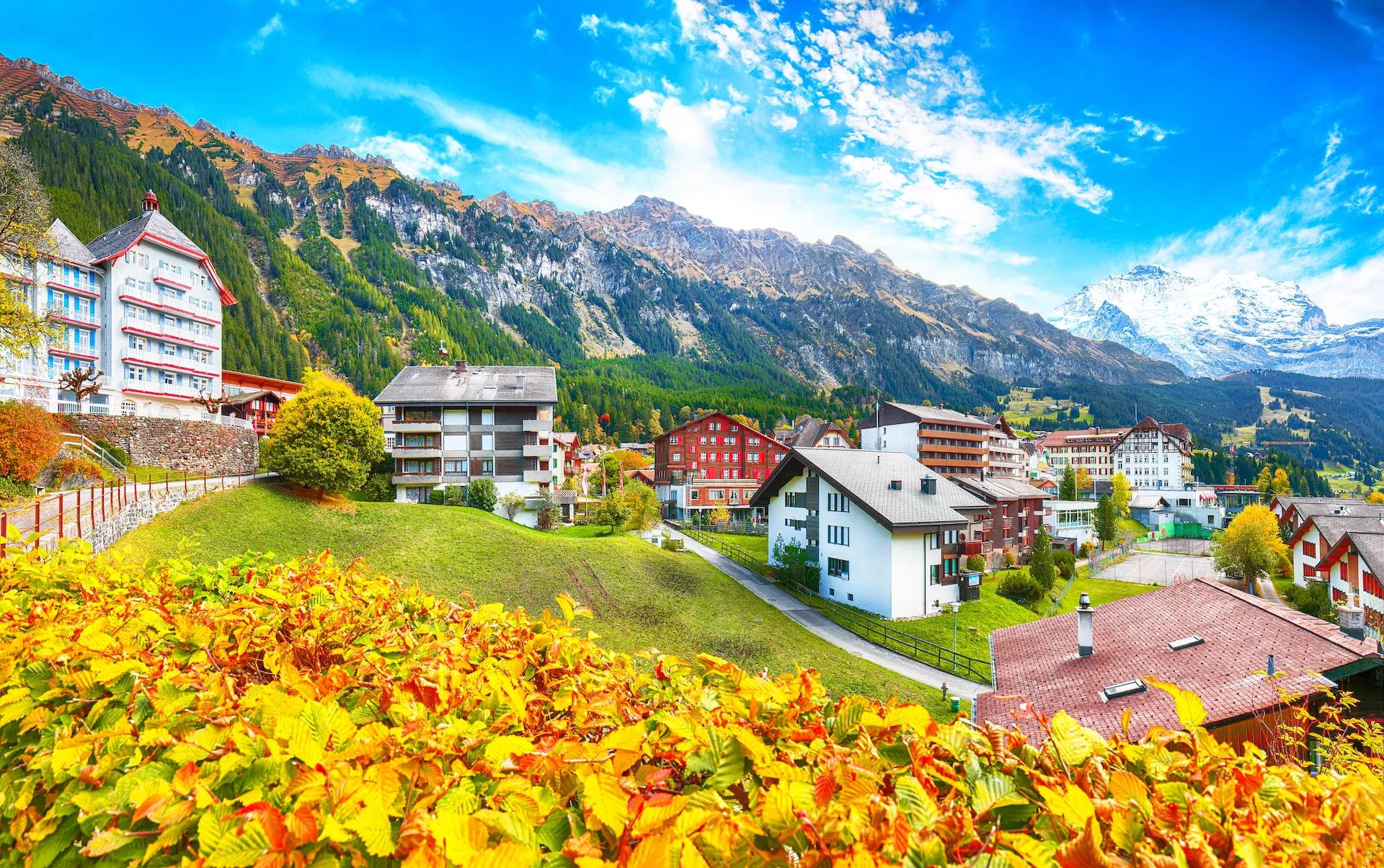



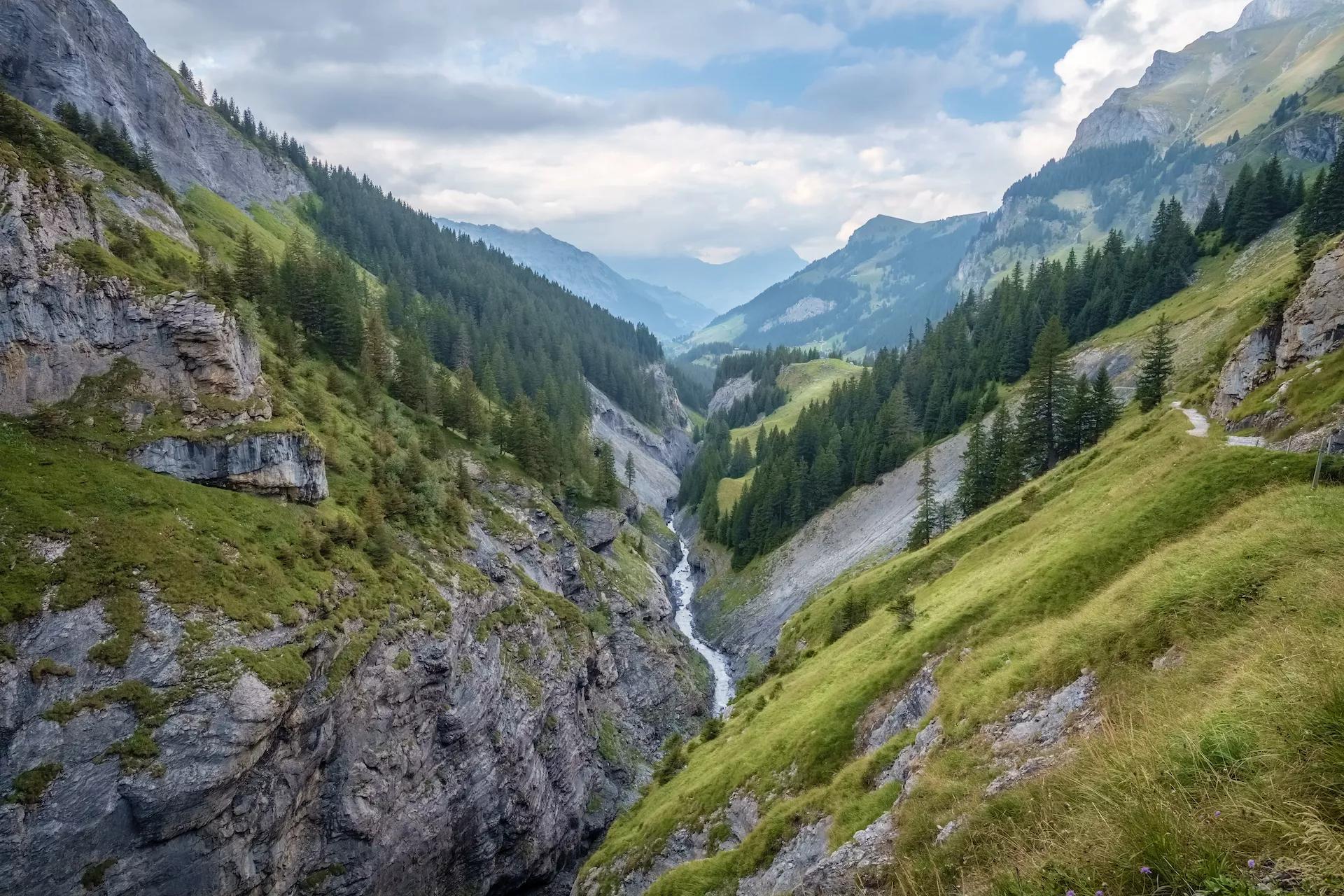


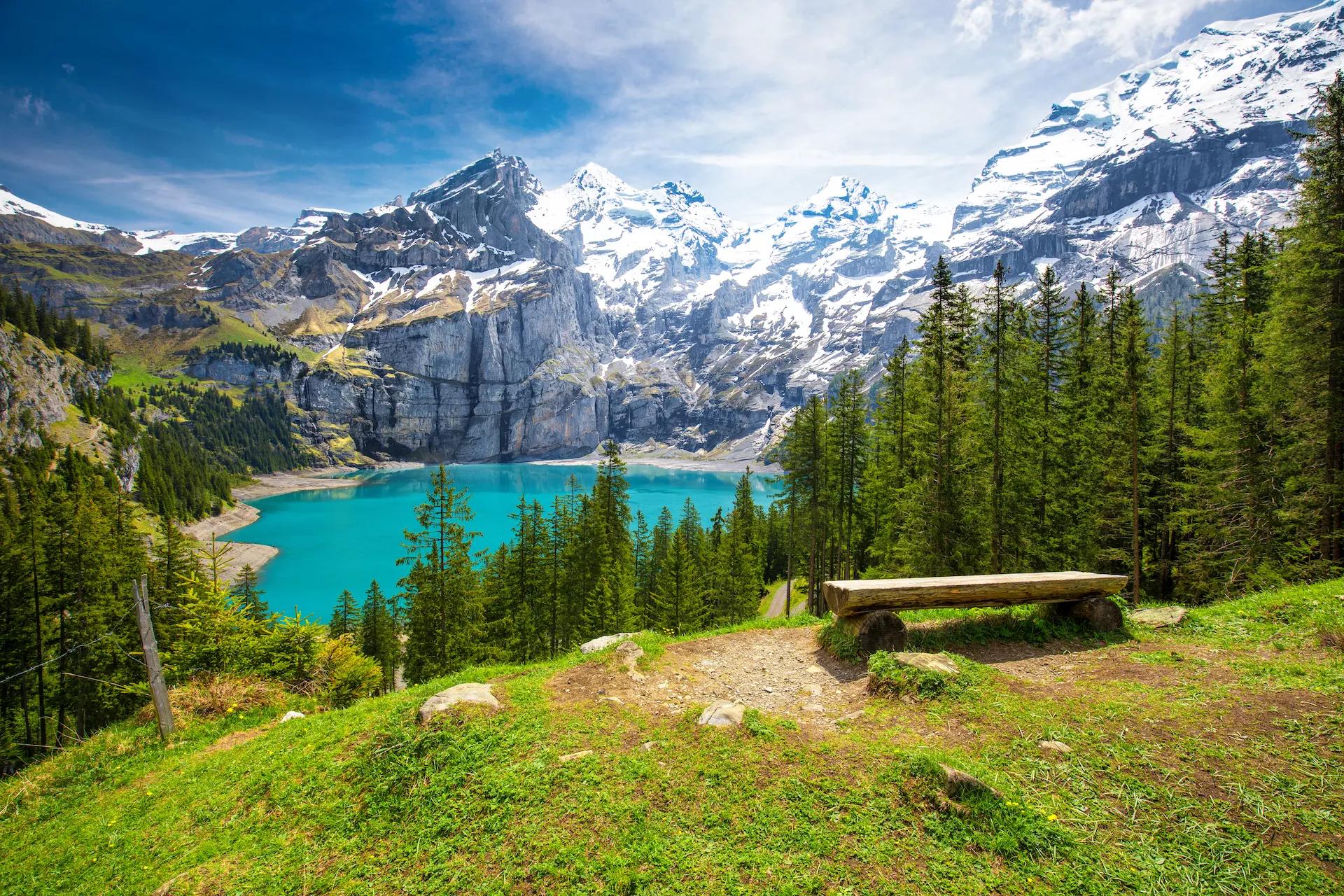

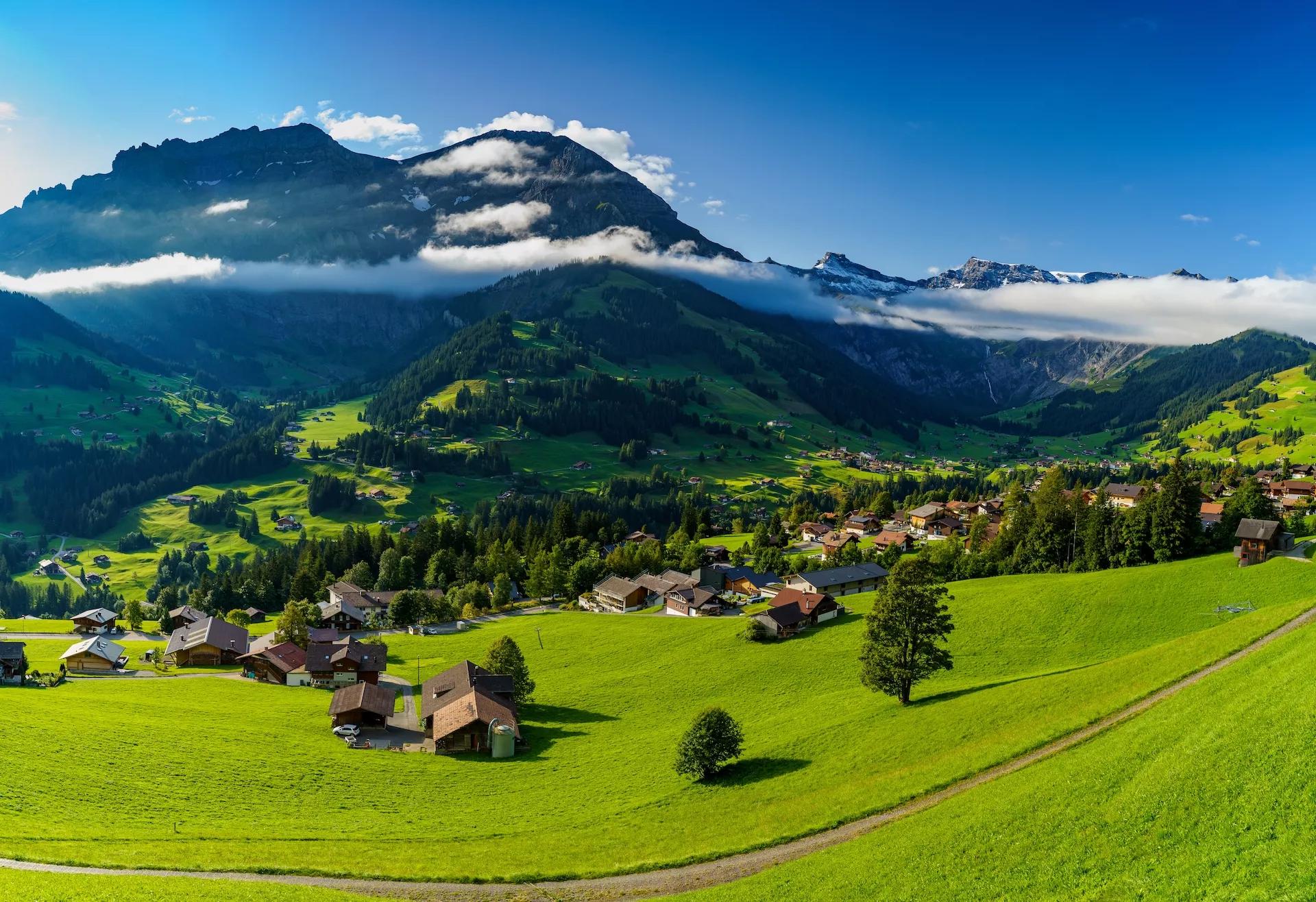







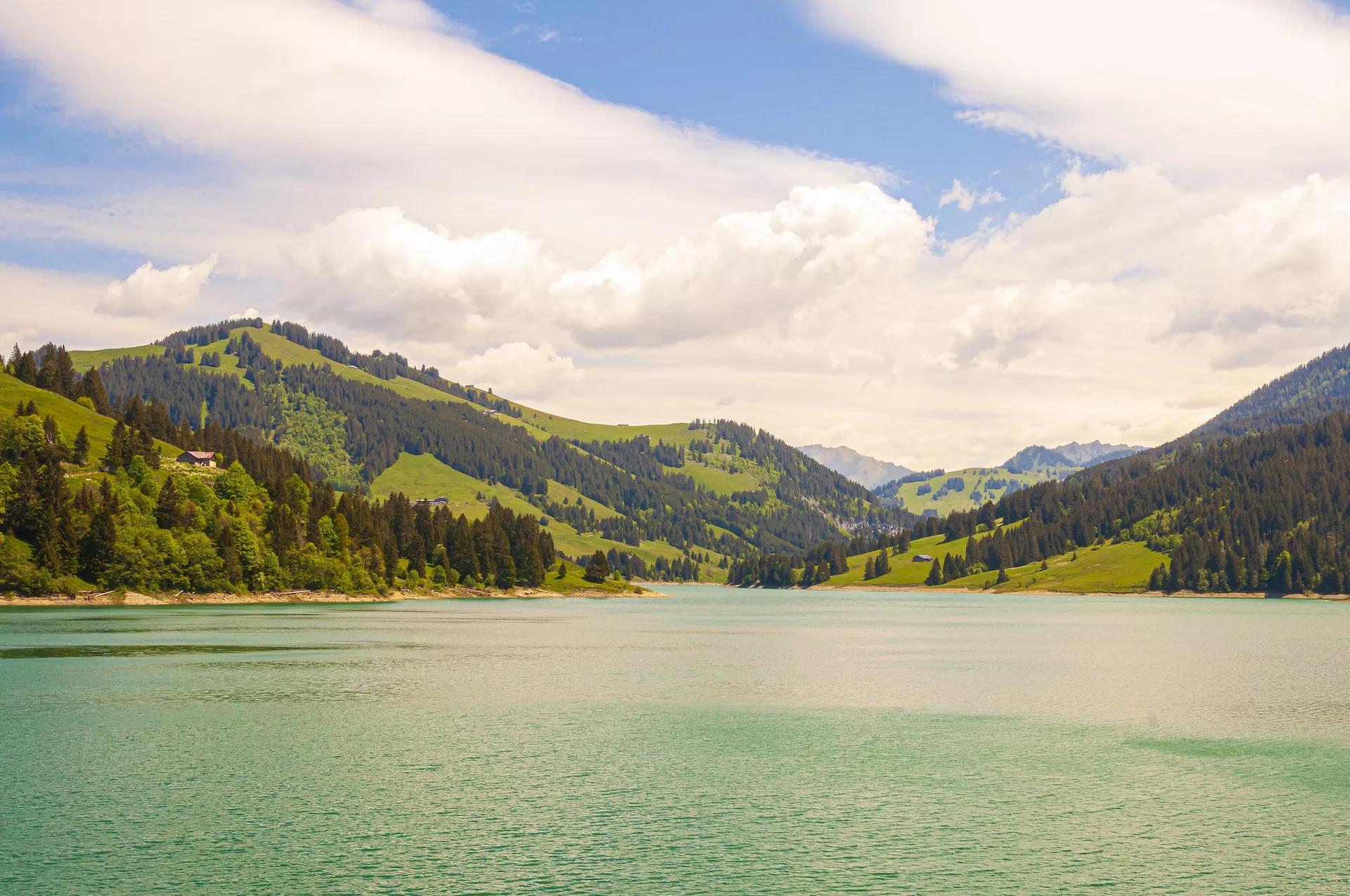














.jpg&w=3840&q=75)